
Книги 2012 г.
Selected bibliography in the field of Bulgarian Studies published in the current year
More...We kindly inform you that, as long as the subject affiliation of our 300.000+ articles is in progress, you might get unsufficient or no results on your third level or second level search. In this case, please broaden your search criteria.

Selected bibliography in the field of Bulgarian Studies published in the current year
More...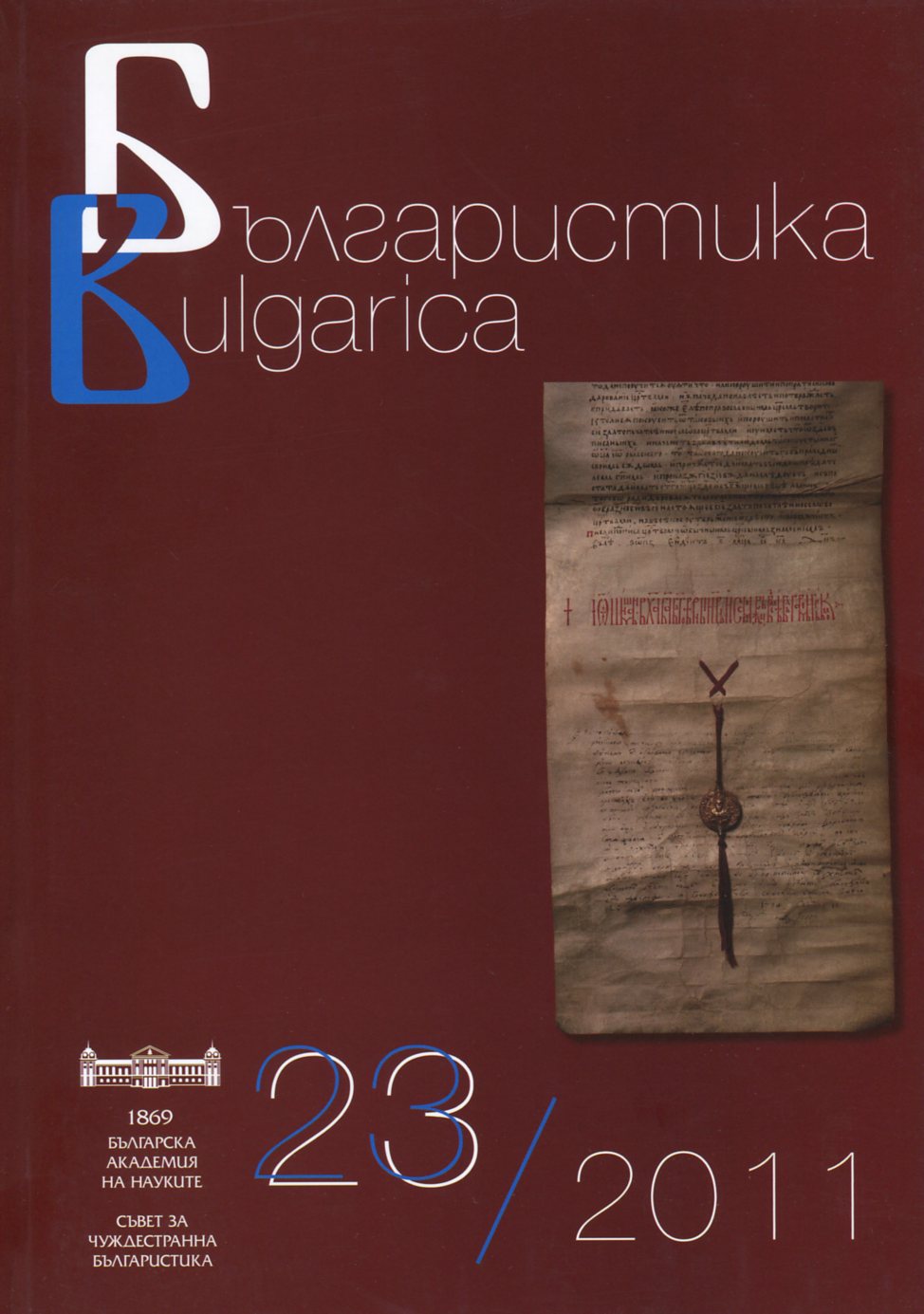
Defended PhD theses in Bulgaria in the field of linguistics, literature, history, folklore, ethnography and art studies
More...
The Gospel According to St. Matthew (1964) was the third film made by an Italian intellectual Pier Paolo Pasolini. After many scandals and court trials which concerned seditious character of his earlier shortmovie La ricotta (making part of Ro.Go.Pa.G., 1963), he decided to dedicate his new film to the history of Christ, choosing the text of The Gospel According to St. Matthew, naming it the one which in the best way represents the human nature of Christ and his „being a man among men”. The film he made is an interesting work of art because of many reasons: it was filmed in the area of the South of Italy, it’s maintained in the neorealism aesthetics, and thanks to the actors who starred in the film (one of the Apostles was played by Giorgio Agamben, an Italian philosopher, Jesus was played by a Spanish student, a strong follower of communism and Mary was played by Pasolini’s own mother – Susanna). Nevertheless, The Gospel According to St. Matthew, among other Pasolini’s film, has the most complex and refined soundtrack list, because this time, the music is the element which plays the major role in the film, being the factor of the stylistic contamination he applied in his works. The story of Christ is portrayed by unusual music choices such as Sometimes I Feel Like a Motherless Child by Odetta Williams, Gloria from the Kongo mass Missa Luba, Prokofiev’s Alexander Nevsky and others. Thus, it is important to have a closer look at the film’s music, and by decoding the intertextual figures such as quotations and allusions, try to understand its narrative symbolism and hidden, autobiographical motives created by Pasolini.
More...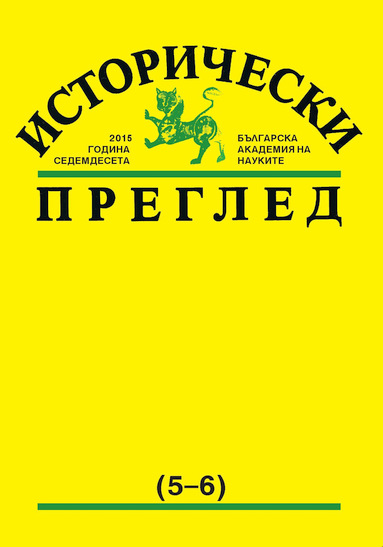
The study closely traces the fate of Church Slavonic monuments in the collections of the Basilian monasteries since the establishment of the Order of the Basilians in 1617 to the period of socialism. A full quantitative and thematic characterization of the manuscripts and books preserved until today is presented against the background of historical events. The author argues that the collections of the Basilian libraries are unique in character and represent a kind of synthesis between western and eastern traditions.
More...
The paper presents the topics and contributions in the contemporary study of the culture of Muslims in Bulgaria. It discusses scientific publications with an anthropological focus from the post-1989 period, when the theme about ethnic and religious minorities in Bulgaria became particularly relevant. One of the main topics of research is the state policy towards Bulgarian Muslims in the 20th century, which receives a new interpretation and evaluation. The study of inter-confessional relationships remains one of the leading lines of research in the early 21st century, too. Numerous studies have been published on the various ethno-confessional groups – Bulgarian Turks (Sunni, Alevi), Roma, Tatars, Muslim Bulgarians. The publications analyze elements of their culture, issues of religion and identity. Ordinary people, their culture, their strategies for adaptation in the changing social environment became increasingly an object of study instead of political history. Changes occur also in the approach to research; attention is redirected from highlighting the common elements in the culture of Christians and Muslims to analyzing the specificities, the alternative memories, local culture and identity of Muslims in Bulgaria.
More...
We argue the ontological character of information, along with energy and substance, as well as the structural-phenomenological unity at all scales and levels of reality. We use an interdisciplinary, inductive-deductive methodology, within the broad framework of the naturalistic conception. We start from the current reality, which is the impact of information technology, information networks, virtual reality and artificial intelligence, insisting on the role of information in the gnosiological approach. The preponderance of the logical reductionist positivism in the scientific research and the exaggerated focus on the particle and high energy-physics, made possible that the problem of information be almost completely eluded. Even Shannon and Weaver’s information theory considers information only from a quantitative viewpoint, and only through its relation to entropy and the second law of Thermodynamics. The development in the nonlinear dynamics field of chaos theory, fractal geometry and topology, and especially the spectacular development of information technology in the last two decades, needs a systematic analysis, including the defining of information and its importance in the structuring of reality along with energy and substance. From this perspective, all our concepts, starting from physical reality to psychological imaginary reality, can be coherently understood through the same paradigms, irrespective of whether we are talking about the conservation law, the Euclidean dimension, fractal or topological dimension or the multidimensional processing mechanism through syntactic, semantic, pragmatic and hermeneutic processing of the human and artificial language and knowledge in general. This informational paradigm assumes the existence of a functional, phenomenological, potential background represented by information and which can be mathematically modeled through topology. The semantic emergent logic (semantic emergent topology when applied to the reality structuring) can help to elucidate the old mind-brain dualism, with solving other paradoxes, particularly the theory of emergence.
More...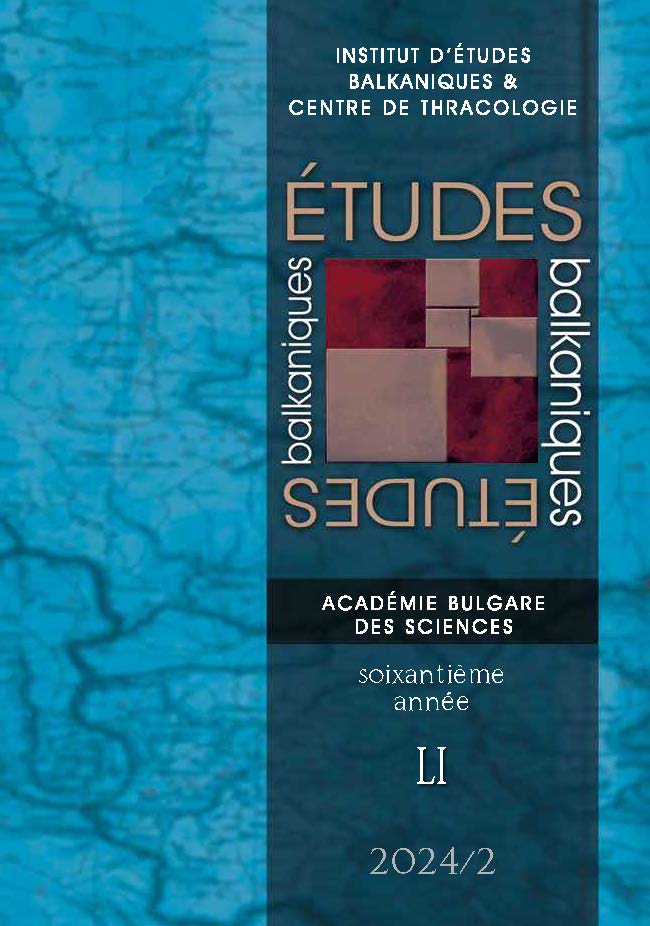
Articles and studies on medieval subjects featured prominently in the pages of Études balkaniques between 2014 and 2023. Conventionally they are divided into two larger groups, according to their focus on issues related to Byzantine and Bulgarian history. This overview begins with an outline of the studies relevant to the development of medieval Bulgaria. This category comprises the works of medievalists such as Vassilka Tăpkova-Zaїmova, Penka Danova, Sashka Georgieva, etc. Elena Kostova’s article on the possessions of the Athonite monasteries in the present-day Bulgarian town of Melnik also belongs to this set of themes as it throws a natural bridge to the extensive thematic range of Byzantine studies. Among the examined studies in this field are papers dedicated to the graffiti in the Constantinople Cathedral of Hagia Sophia, Byzantium’s ties to Southern Italy and Egypt, silk production, the empire’s political relations with its neighbours such as the community of the Cumans and other themes from the history of what came to be known as the “Byzantine cultural circle”, whose geographical reach extended up to the Caucasus and Russia. The overview ends with a discussion of two articles by Theodor Dimitrov, which examine the plague epidemics in Byzantium.
More...
The text summarizes a corpus of articles in the field of Balkan Cultural Studies published in the journal Études balkaniques during the period 2014 – 2023. In view of the plethora of topics and methodological approaches, the review is structured in three main categories covering the following areas: Literature and Cultural Relations, Theatre and Cinema, Visual Culture. The text outlines the general tendencies and contributions observed in the above-mentioned publications.
More...
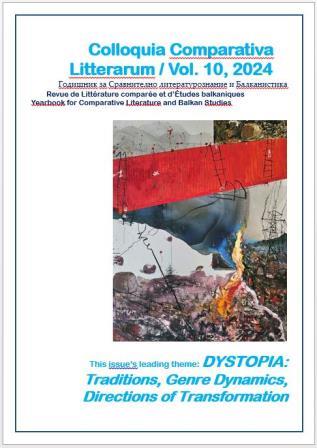
Book review: Йоана Славчева. Румънският политически роман от 60-те и 70-те години на XX век. Велико Търново, УИ „Св. св. Кирил и Методий“, 2022, 187 с. [Joanna Slavcheva. The Romanian Political Novel of the 1960s and 1970s. Veliko Tarnovo, St. Cyril and St. Methodius University Press, 2022]
More...
Book review: Impact et réception de la culture française dans les Balkans (XIXe – XXe siècles). Textes réunis par Raïa Zaïmova. Académie bulgare des sciences – Institut d’études balkaniques & Centre de thracologie, 2023, ISBN : 978-619-7179-39-2 [Френската култура на Балканите (XIX – XX в.) – Взаимовръзки и рецепция. Съставител Рая Заимова. / French Culture in the Balkans (19th – 20th Centuries) – Relationships and Reception. Ed. : Raïa Zaïmova.
More...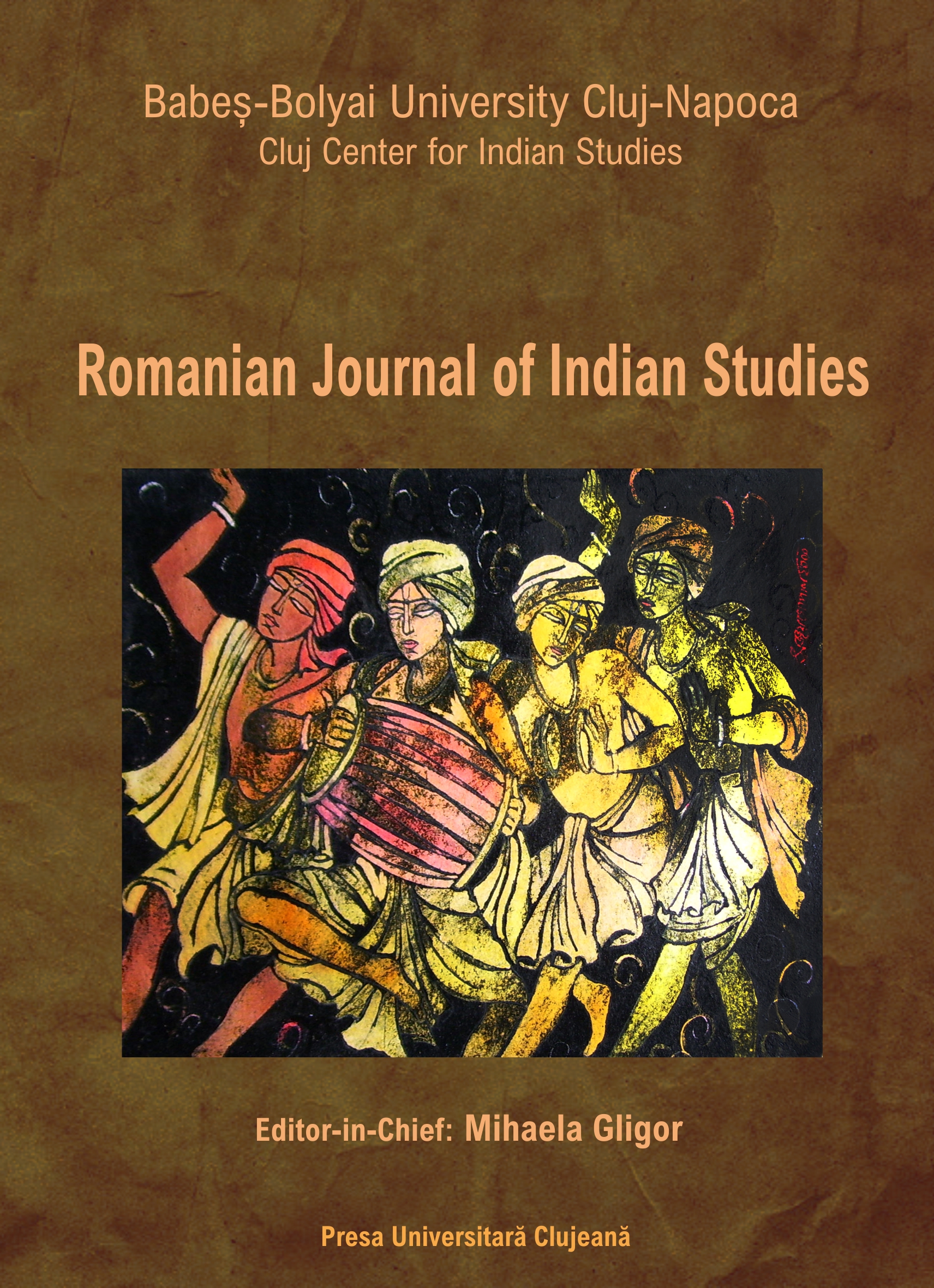
This article is merely intended to summarize the four principal viewpoints of the systems of Classical Hindu thought on the supreme scriptures of Brahminical Hinduism, i.e., the Vedas. It does not give nor delve into the long-winded arguments advanced by the schoolmen of each of these systems that seek to justify their positions on their doctrine of scripture and its associated and ancillary issues
More...
The present paper follows the journey of the Romanian verb “a bate” (to beat, to hurt, to fight etc.) through the depths of language, uncovering its many uses. Bridging cultural and linguistic distances, it also explores the contextual requirements and changes that happen in Hindi when wanting to obtain the same meanings as those conveyed by the Romanian verb. In addition, it reflects on how a social media post that starts out as a topic for ridicule may become a source for semantic analyses.
More...
Rabindranath Tagore’s dramatic techniques employ a rich tapestry of symbolic language, where imagery serves as a vehicle for both narrative progression and the expression of complex social critiques. Set against the backdrop of rigid caste hierarchies prevalent in society, the play presents the transformative journey of Prakriti, an untouchable woman who confronts the deeply ingrained social prejudices of her time. Through its poetic language and richly layered imagery, Chandalika goes beyond a mere narrative of social critique to become a profound meditation on human dignity, identity, and freedom. Through a detailed analysis of these imagistic elements, this study highlights how Tagore’s visual language not only enriches the dramatic experience but also invites a deeper understanding of the socio-cultural issues addressed in the play. The paper argues that Chandalika serves as a powerful example of how metaphors of liberation, when intertwined with visual symbolism, can transcend the constraints of conventional drama to deliver a potent message of human dignity and self-worth.
More...
Calcutta (Kolkata) is usually considered the cultural capital of India. The extraordinary cultural effervescence of the city, the numerous descriptions of the metropolis in the literary writings, memoirs or films place Calcutta among the most inspirational cities in the world. I have visited Calcutta many times and I am always impressed by the city’s ability to reassert itself, and to give a voice to all its residents. During festivals, the city is like a fairytale; it vibrates with people’s lives and is part of the festivities. But during the rest of the year, Calcutta charms visitors and takes over their lives, making them return again and again. This is how I see, experience, love and read the city of joy, beyond the words in which it is often described.
More...
This essay explores the interactions between customary law and state governance, revealing the complex relationships among power, identity, and law in contemporary India. It highlights the evolving nature of customs and the challenges faced by both dominant and marginalized communities. The analysis focuses on the Jat community's demand for the inclusion of sagotra marriage prohibitions in state law, illustrating how this demand exemplifies formal legal pluralism that reinforces their dominance in local politics. In contrast to marginalized groups seeking recognition of their norms, Khap Panchayats work to uphold traditional authority amid changing social dynamics.
More...
The rise of the East India Company (EIC) as the main, unrelented and not once reckless player on the economic market along with their increasing political power that largely contributed to the collapsing of the Indian Mughal Empire is what the Scottish historian William Dalrymple writes about with accomplished art in The Anarchy.
More...
The Book of Everlasting Things written by Aanchal Malhotra is a chronicle of fragrance, loss, longing, and the ability of memory to endure and preserve the past through an invisible realm: smell. It is a treasury of intangible, everlasting things that are stronger than material, physical borders, more powerful than a place, a country, or even physical death.
More...
Fire on the Ganges, by Radhika Iyengar, an Indian journalist, writer, and recipient of the 2018 Red Ink Awards in the category of human rights, is a masterpiece that describes, in an unprecedent manner, “the life among the dead in Banaras.” The book is based on almost eight years of research on the Dom community of Varanasi, a group of people that have a remarkable importance for the Hindus.
More...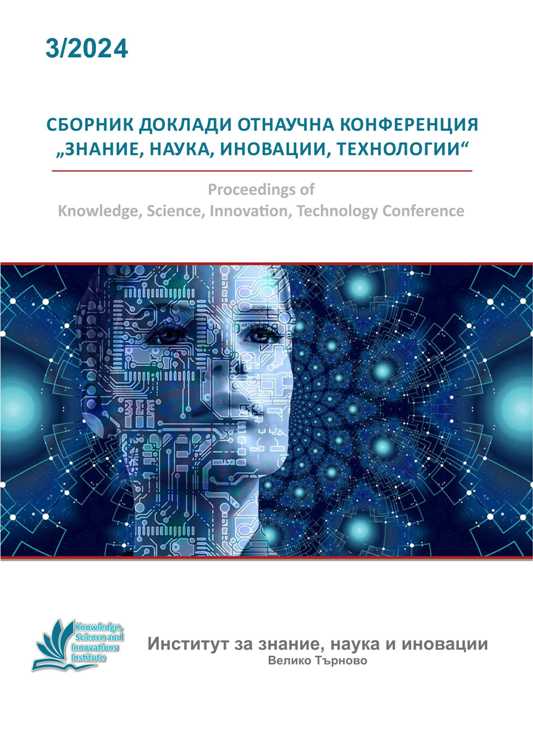
The report examines the National Recovery and Resilience Plan of the Republic of Bulgaria, as a package of measures which, through a wide range of grants and loans, aims to support the recovery from the COVID-19 pandemic and encourage investments leading to a greener digital economy as at the national and regional level, including and Veliko Tarnovo region. The object of analysis are the funds attracted in the region, which prove the effectiveness of the investments and lead to sustainable economic development, turning the regions into an increasingly preferred place to live and work.
More...